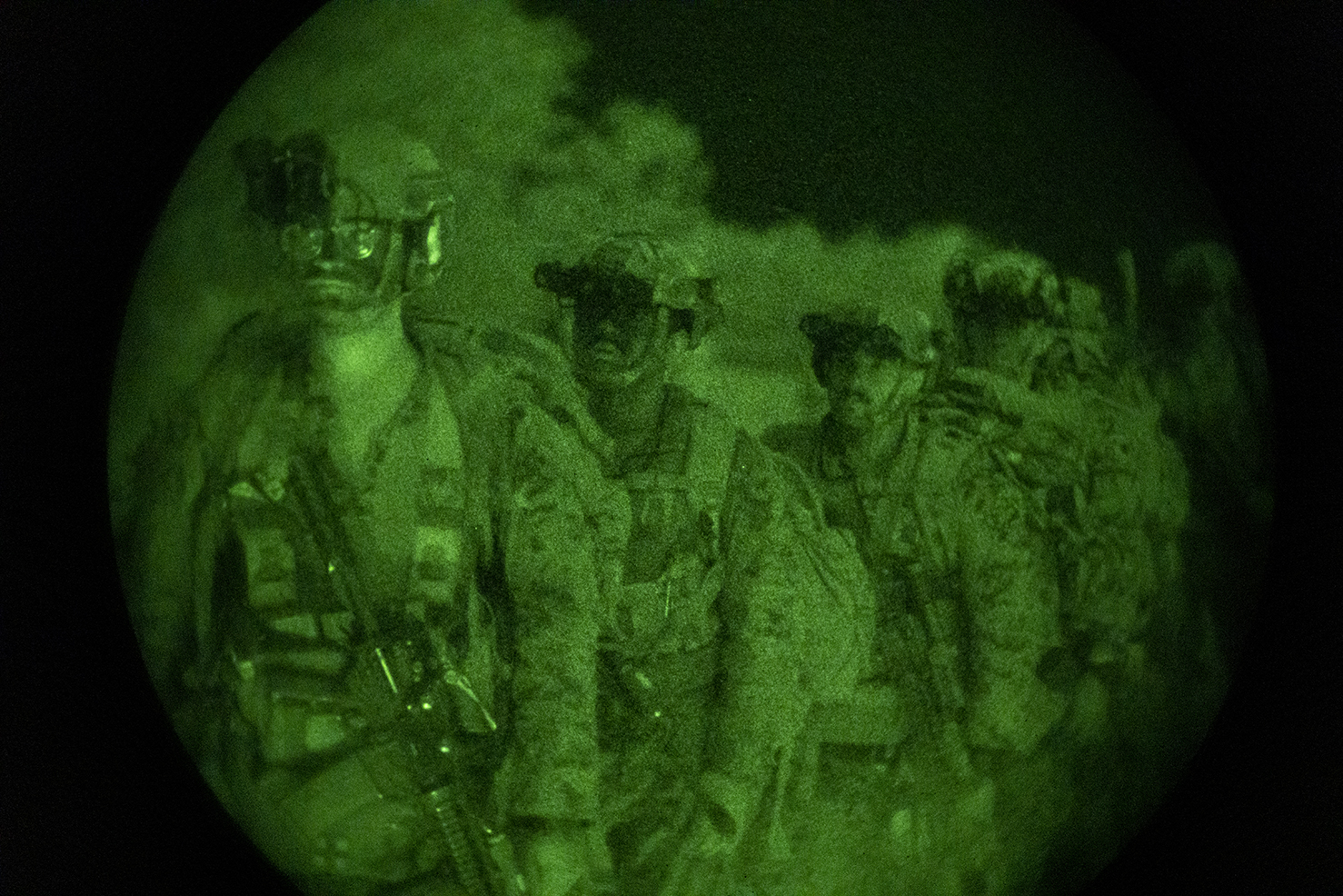Blasts have been used in war for centuries. In fact, there is evidence of gunpowder bombs that date back to the Tang dynasty (circa 618-907 AD). [1]
Though warfare and weapons have evolved since the Tang dynasty, blasts have remained a consistent variable of war.
Sensorimotor skills are also a consistent variable of war, the performance of which has a significant impact on warfighter performance.
Examples:
- Target focus while running
- Speed and precision of movement with a divided focus
- Maintaining position and visual clarity against an external force
- Ownership of movement in low/no vision conditions
- Balance and visual clarity when generating a force
While strength, endurance, and functional mobility are essential components of warfighter performance, I consider sensorimotor skills their specialty.
No professional or Olympic athlete places more demand, or more on the line, than warfighters do on their sensorimotor function.
But sensorimotor performance is vulnerable to blast exposures. [2-4]
And since it is highly likely blasts will continue to be a consistent variable of war, we must continuously train to the highest possible level of sensorimotor performance.
References:
- Cernak, I. (2017). Understanding blast-induced neurotrauma: how far have we come?. Concussion, 2(3), CNC42.
- Hunfalvay, M., Murray, N. P., Creel, W. T., & Carrick, F. R. (2022). Long-term effects of low-level blast exposure and high-caliber weapons use in military special operators. Brain sciences, 12(5), 679.
- Champagne, A. A., Coverdale, N. S., Ross, A., Murray, C., Vallee, I., & Cook, D. J. (2021). Characterizing changes in network connectivity following chronic head trauma in special forces military personnel: a combined resting-fMRI and DTI study. Brain injury, 35(7), 760-768.
- Scherer MR, Shelhamer MJ, Schubert MC. Characterizing high-velocity angular vestibulo-ocular reflex function in service members post-blast exposure. Exp Brain Res. 2011 Feb;208(3):399-410.
